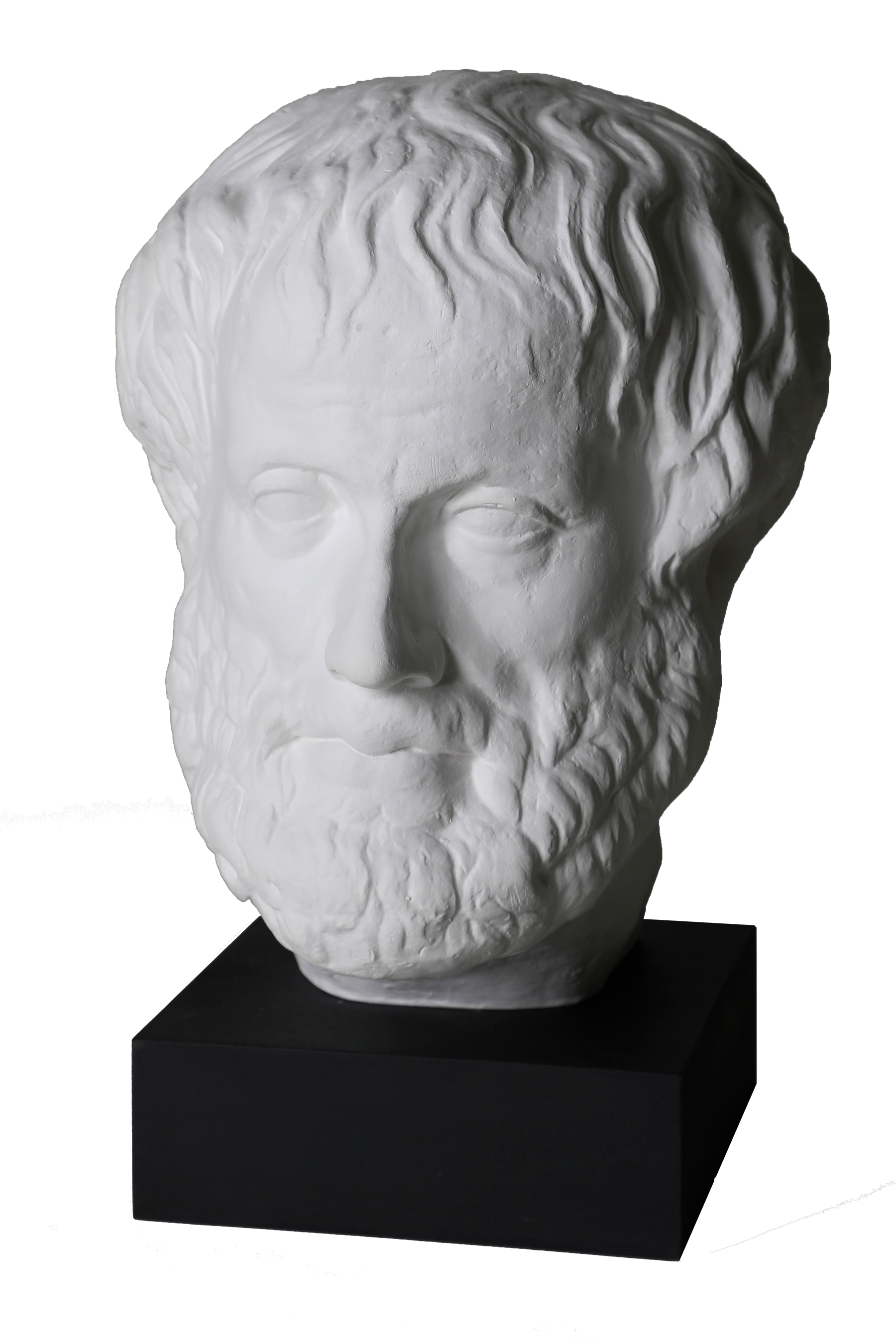
Ancient Sources and New Experiences <
By nature, all good humans have a thirst for knowledge
Leonardo da Vinci
Codex Atlanticus, fol. 327v. Translation: Elizabeth Hughes
In the 15th century, scholars throughout Europe, especially in Italy, sought to raise knowledge of and familiarity with authors from ancient Greece and Rome to a new level. The goal of these humanists was to collect textual sources systematically from widely diverse fields of knowledge and make them accessible through commentaries, translations, and soon through printed editions as well. Encyclopedias such as those by the philologist and mathematician Giorgio Valla (ca. 1447–1499) made previously rare handwritten treatises generally available.
Florence was the first center of this movement, which was celebrated as the rebirth (Rinascita or Rinascimento in Italian, Renaissance in French) of ancient culture. The ideal of antiquity rapidly penetrated and inspired every cultural area, such as literature, architecture, and the visual arts. Parallel to this, the study of ancient traditions also promised resources for solving technical and scientific problems and tasks of contemporary life. Ancient natural scientists such as the Greek mathematicians Archimedes (ca. 287–212 BCE), Ptolemy (ca. 100–160 CE), and Euclid (ca. 300 BCE) were important authorities whose extant works formed a fixed canon. Their achievements also inspired Renaissance scholars in their own research and further observations.
Another canonical work is the Ten Books on Architecture by the Roman architect and engineer Vitruvius (ca. 70 BCE–ca. 15 CE). Its impact can hardly be overestimated and Leonardo da Vinci naturally owned an edition.
A contemporary counterpart are the writings of the philologist, master builder, and art theorist Leon Battista Alberti (1404–1472). His architectural designs, like those for the façade of Santa Maria Novella in Florence, are considered incunabula of Renaissance architecture, while his writings on the genres of architecture, painting, and sculpture laid down the first theoretical basis for the new forms of design. The humanist Alberti was regarded by his contemporaries as a shining example of universal education. He was an inspiration for Leonardo, too, not least for the latter’s own theoretical writings on painting.
Proportions of the ancients <
 | 41.
Head of Aristotle Roman copy from 1st–2nd century CE after a Greek original from 4th c. BCE |

Like the writings of ancient authors, their portraits were handed down through copies and translations into other media. This portrait of the Greek philosopher Aristotle (384–322 BCE) is a plaster cast copy of the marble head that is kept today in the Kunsthistorisches Museum in Vienna (Inv. I 246). That, in turn, is a Roman copy from the early imperial age based on a Greek bronze original. The head, one of 20 known existing replicas, was linked to a statue by the sculptor Lysippos (ca. 390–ca. 306 BCE), which was commissioned by Aristotle’s most famous pupil, Alexander the Great. It is notable for its clearly individualized physiognomy, with the wrinkles of age, the furrowed “thinker’s brow,” and thinning hair. The beard is typical for philosophers’ portraits—and is likewise a feature of every Leonardo portrait (Life and Legacy H ●). His library is known to have included several texts by the Greek philosopher (4 ▲; 91 ■)
References
Heilmayer, Wolf-Dieter, ed. 2002. Die griechische Klassik. Idee oder Wirklichkeit. Exhibition catalogue, Martin-Gropius-Bau, Berlin, 1.3–2.6.2002, Kunst- und Ausstellungshalle der Bundesrepublik Deutschland, Bonn, 5.7.– 6.10.2002. Mainz: Philipp von Zabern, 236–237, no. 131.










